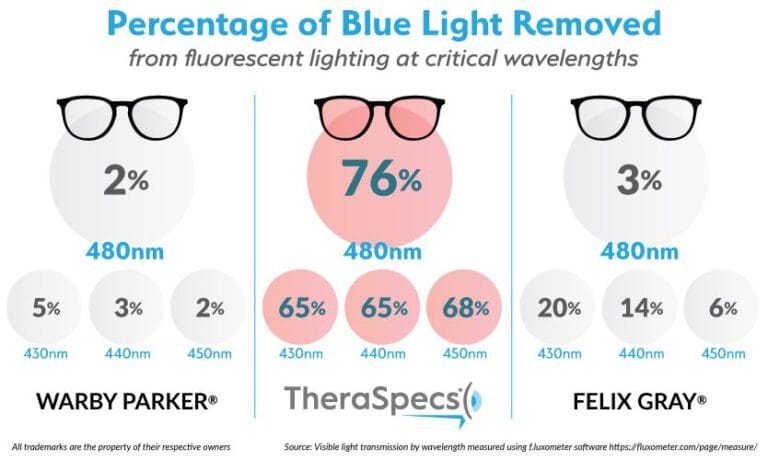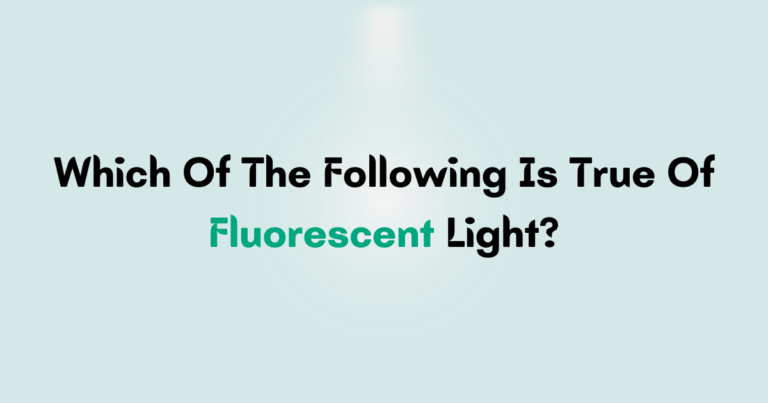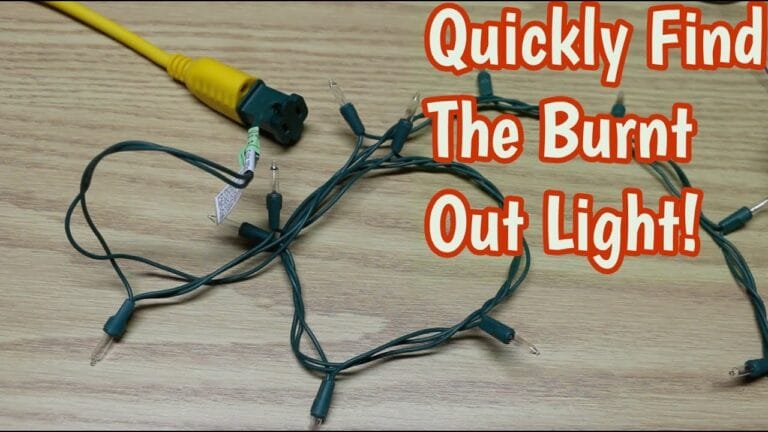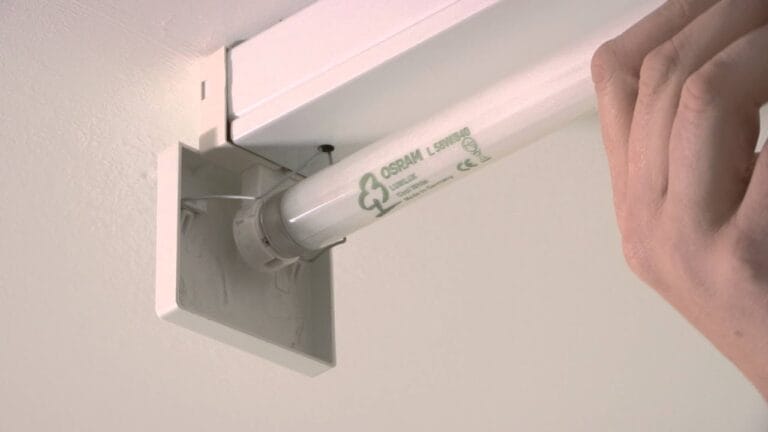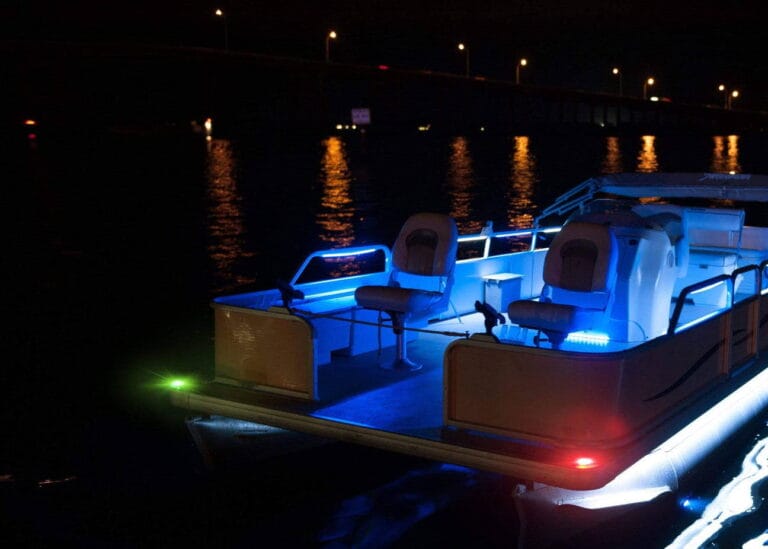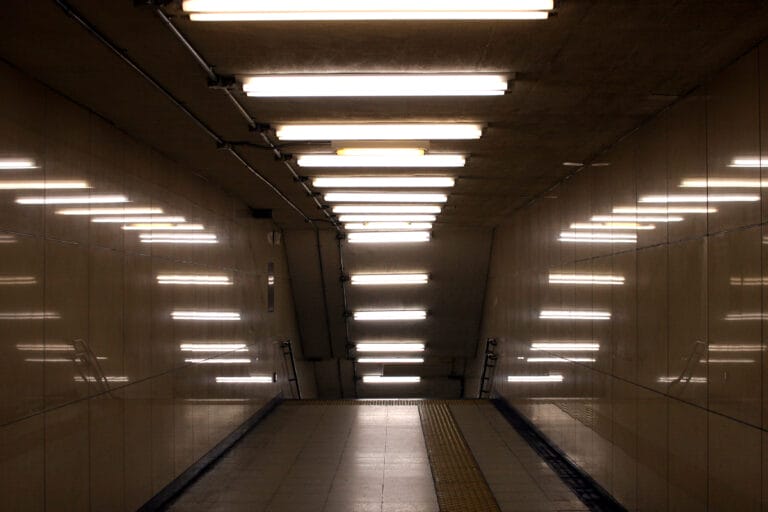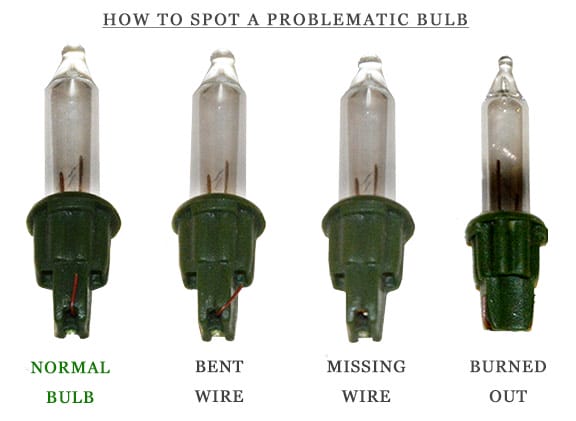
If you’ve ever wondered what a bad Christmas bulb looks like, you’re in the right place! I’m here to shed some light on this holiday conundrum. So, let’s dive in and uncover the secrets behind those mischievous, malfunctioning bulbs that can turn your merry Christmas lights into a frustrating puzzle.
Have you ever experienced the disappointment of plugging in your festive string of lights only to find that one or more bulbs aren’t working? It’s like a Christmas riddle waiting to be solved! Well, my curious friend, a bad Christmas bulb can manifest in a variety of ways. It could be a bulb that flickers, dims, or simply refuses to light up, leaving your beautiful display looking less than stellar.
Now, don’t worry, we’ve all been there, and I’m here to help you solve this holiday mystery. In this article, we’ll explore the common signs of a bad Christmas bulb, discuss the possible causes behind their misbehavior, and share some tips to troubleshoot and fix the problem. So, grab your detective hat, and let’s get to the bottom of what makes a Christmas bulb go bad. Let’s get started!
What Does a Bad Christmas Bulb Look Like? Unraveling the Mysteries of Festive Lighting
Discovering if a Christmas bulb is bad can be quite frustrating. To identify a faulty bulb, check for these signs: flickering or no light, dim or discolored glow, loose or broken connections, blackened or burnt areas, or a blown fuse. By examining these indicators, you can easily determine if a bulb needs to be replaced for a bright and festive holiday display.
1. Flickering Lights: A Surreal Dance of Inconsistency
Have you ever stood in front of a string of Christmas lights and witnessed them flickering like stars in the night sky?
While this may seem magical at first glance, it’s a sign of a bad bulb. Flickering lights can occur due to loose connections or damaged filaments within the bulbs.
As a bulb starts to fail, the electrical current passing through it becomes intermittent, resulting in the flickering effect. If left unaddressed, this can lead to further issues, such as complete failure of the string or the risk of an electrical fire.
The best way to identify flickering lights is to closely inspect the string and look for bulbs that appear to be dimming or brightening inconsistently. It’s important to tackle this issue promptly by replacing the faulty bulb with a new one of the same type and wattage. This will not only restore the festive ambiance but also prevent any potential hazards.
2. Dark Sections: The Silent Blank Spaces in Festive Displays
Imagine meticulously decorating your Christmas tree, only to discover that a section of the lights remains dark. This commonplace issue is a frustrating result of a bad Christmas bulb. When one bulb fails to work, it disrupts the electrical circuit in the string, causing the surrounding bulbs to also lose power.
As a result, a dark section is formed, leaving a noticeable gap in your beautifully illuminated tree or garland.
Locating the culprit behind a dark section can be like searching for a needle in a haystack. One method is to gently tap each bulb in the dark section to identify the faulty one. When a tap causes the section to light up, you’ve found the bad bulb.
Another technique is to use a light tester, which is a handy tool that helps identify the non-functioning bulb. Once located, replace the faulty bulb, and the lights will go back to shining brightly, completing your festive spectacle.
3. Overheating: When Bulbs Take on an Unwanted Warm Glow
While Christmas lights should emit a cozy glow, an excessive warmth surrounding the bulbs is a cause for concern. Overheating can occur due to various reasons, such as exceeded wattage limits, poor quality wiring, or incorrect installation.
When a bulb overheats, it not only poses a fire hazard but also speeds up the deterioration process, leading to its premature failure.
To determine if your Christmas bulbs are overheating, carefully touch each bulb after they’ve been lit for a while. If they feel excessively hot to the touch or emit a burning smell, it’s a clear indicator of an overheating issue.
In this scenario, it’s crucial to immediately turn off the lights and address the problem. Consider using LED Christmas lights, as they generate less heat and are more energy-efficient, reducing the risk of overheating.
4. Loose Bulbs: A Potential Recipe for Disaster
Loose bulbs are not only an eyesore but also pose a safety hazard. When Christmas bulbs become loose, they can cause disruptions in the electrical flow, leading to flickering lights or even creating a short circuit. Additionally, loosely hanging bulbs are more susceptible to damage from external factors such as wind or accidental knocks.
To prevent loose bulbs, make sure they are securely twisted into their sockets. Avoid overtightening, as that can damage the bulb’s base. Regularly check your Christmas lights for any signs of loose bulbs, especially after windy weather or when moving the decorations. It’s better to fix them promptly, ensuring a safe and seamless display throughout the holiday season.
5. Dimly Lit Bulbs: When the Glow Loses its Luster
When you plug in a string of Christmas lights, you expect a radiant glow that brings joy and warmth. However, if you notice bulbs that are significantly dimmer than the rest, it’s a definite indication of a bad bulb. Dimly lit bulbs can occur due to filament damage or a poor electrical connection within the bulb.
Identifying dimly lit bulbs can be done by observing the consistency of the glow throughout the string. If you notice a bulb that is notably darker than its neighbors, it’s the likely culprit. Once identified, it’s essential to replace the dimly lit bulb to maintain the overall vibrancy of your holiday lighting.
6. Corrosion and Rust: The Dark Side of Weathered Bulbs
While Christmas lights are designed to withstand the elements, they are not immune to corrosion and rust. Exposure to moisture, humidity, and harsh weather conditions can cause the bulb sockets or wiring to corrode over time. Corrosion can lead to poor electrical connectivity and result in various issues, from flickering lights to complete failure of the string.
To check for corrosion, carefully examine the bulbs and sockets for any signs of rust or greenish discoloration. If you spot corrosion, it’s important to clean it off using a mixture of vinegar and water or a specialized electrical contact cleaner. Additionally, consider investing in weatherproof or outdoor-rated Christmas lights, which are specifically designed to withstand the rigors of the weather and minimize the risk of corrosion.
7. Popped Bulbs: The Scattered Fragments of Light
Nothing is more disheartening than the sound of a bulb popping and witnessing the shards of glass scattered across the floor. Popped bulbs are a clear indication of a faulty Christmas light. When a bulb pops, it typically experiences an electrical surge or undergoes excessive stress, causing the filament to break.
Apart from leaving gaps in your lighting display, popped bulbs can be dangerous if stepped on or handled without caution.
If you come across a popped bulb, it’s crucial to handle it with care. Safely dispose of the broken glass and replace the bulb with a new one. Remember to follow proper safety precautions when dealing with broken bulbs, such as wearing gloves and using a vacuum or broom with a soft brush attachment to clean up the glass fragments.
Choosing the Right Christmas Bulbs: Tips for a Flawless Lighting Display
Now that you have a good understanding of what a bad Christmas bulb looks like, let’s shift our focus to ensuring you choose the right bulbs for a flawless lighting experience. Here are a few tips to consider when purchasing Christmas bulbs:
1. Opt for LED Bulbs
Long-Lasting Illumination and Energy Efficiency
LED bulbs are an excellent choice for Christmas lighting. They consume less energy compared to traditional incandescent bulbs and have a longer lifespan. Additionally, LED bulbs emit less heat, reduces the risk of overheating or fire hazards.
2. Consider Bulb Size and Style
Aesthetics and Compatibility
Choose bulb sizes and styles that complement your desired lighting display. Consider factors such as bulb shape, color, and whether you prefer mini lights or larger bulbs. Ensure the bulbs are compatible with your existing string lights or purchase a new set that accommodates your chosen bulb style.
3. Check for Safety Certifications
Reliable and Quality Assurance
Always look for Christmas bulbs that have been tested and certified for safety standards. Look for labels such as UL (Underwriters Laboratories) or CSA (Canadian Standards Association) to ensure the product meets electrical safety requirements. Safety certifications provide peace of mind and reduce the risk of accidents or electrical mishaps.
Frequently Asked Questions
Welcome to our guide on Christmas bulbs! Here, we’ll explore what a bad Christmas bulb looks like and help you identify the signs of a faulty bulb. Whether you’re decorating your home or troubleshooting your holiday lights, this information will come in handy. Let’s dive into the FAQs!
1. How can I tell if I have a bad Christmas bulb?
There are a few signs that indicate a Christmas bulb might be faulty. First, check if the bulb is dimmer than the rest or not lighting up at all. If the bulb flickers or causes the other bulbs in the string to go out, that’s also a sign of a bad bulb. Additionally, inspect the bulb for any visible damage, such as cracks or blackened marks. If any of these signs are present, it’s likely a bad bulb.
Don’t forget to test the bulb on a different string of lights as well. Sometimes, the issue may lie with the socket or wiring. If the bulb works fine on a different string, it’s best to replace the socket or check the wiring on the faulty string.
2. Can a bad bulb damage the entire string of Christmas lights?
Yes, a bad bulb has the potential to affect the entire string of Christmas lights. Most modern Christmas light strings are wired in a series, meaning that the electricity flows from one bulb to the next. If there’s a problem with one bulb, it can interrupt the flow of electricity, causing the entire string to go out.
However, some light strings have built-in shunt wires that allow the electricity to bypass a bad bulb, ensuring the rest of the string remains lit. If your lights have this feature, the rest of the bulbs should stay illuminated, even if one bulb is bad. If not, you’ll need to locate and replace the faulty bulb to restore the light string.
3. Are there any precautions I should take when replacing a bad bulb?
When replacing a bad Christmas bulb, it’s essential to take a few precautions to avoid electrical hazards. Firstly, ensure the lights are unplugged before attempting any bulb replacements. This will prevent any accidental shocks or short circuits.
You should also use the correct wattage and voltage bulbs for your light string. Using bulbs with a higher wattage or voltage than recommended can lead to overheating and potential fire hazards. Always refer to the manufacturer’s instructions for the proper bulb specifications.
4. What should I do if I can’t find the bad bulb in my light string?
If you’re having trouble locating the bad bulb in your light string, there are a few troubleshooting steps you can take. Start by checking the bulbs in the closest vicinity to the one that’s not working. Look for any visible signs of damage or darkness.
If you still can’t find the culprit, you can try the process of elimination. Replace one bulb at a time with a known working bulb, moving through the string until the lights come back on. This method will help you identify the faulty bulb. Alternatively, you can use a light tester tool designed specifically for Christmas lights to identify the bad bulb.
5. Can I fix a bad Christmas bulb, or do I need to replace it?
Unfortunately, most bad Christmas bulbs cannot be fixed. If you’ve identified a bulb as faulty, the best course of action is to replace it. Trying to repair a damaged bulb yourself can be dangerous and is not recommended.
It’s always a good idea to keep spare bulbs on hand, especially during the holiday season. That way, if you encounter a bad bulb, you can quickly replace it and keep your Christmas lights shining bright. Just make sure to use bulbs of the same wattage and voltage as the original ones.
So, what does a bad Christmas bulb look like? Well, there are a few things to watch out for. First, if the bulb is flickering or not lighting up at all, it’s probably a bad bulb. Second, if the bulb is cracked or broken, it’s not going to work. Lastly, if the bulb is a different color than the others, it might be a bad bulb.
Remember, it’s important to check your Christmas lights before putting them up to make sure they’re all good to go.
In conclusion, a bad Christmas bulb can ruin the festive ambiance of your holiday decorations.
By being aware of the signs, such as flickering, cracked or broken bulbs, and bulbs that don’t match in color, you can easily identify and replace any bad bulbs. So, keep an eye out for these telltale signs and ensure a bright and merry Christmas!

